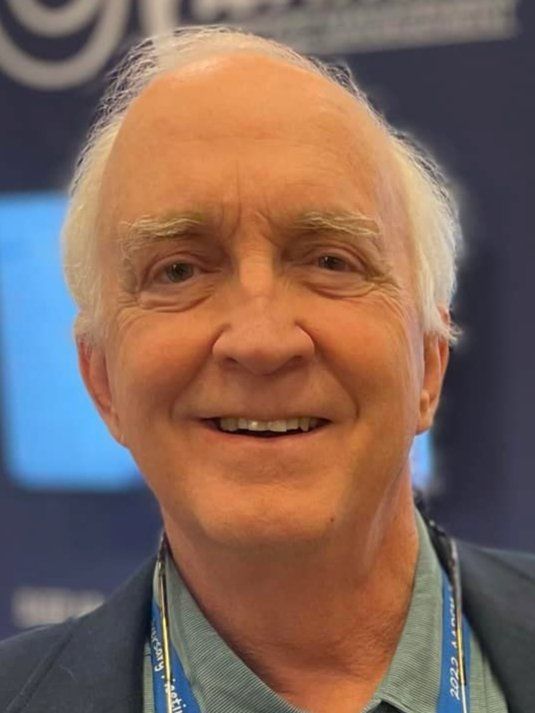• • •
Meet Dr. Bill Harrell
Dr. Harrell knew he wanted to be an orthodontist since he was 12 years old, when he had braces. Unlike the modern options, we have today—from clear aligners to Invisible aligners/braces to glow-in-the-dark braces—he had a mouth full of old-fashioned metal bands and looped wires. As a teenage tinkerer, young Bill was keen to see how his braces worked. Armed with a pair of pliers and a coat hanger, he made a copy of his wires to show his orthodontist on his next visit. Instead of dismissing his inquisitive patient, the wise practitioner put him in the lab with pliers and wires and let him experiment. Bill Harrell’s fate—and vocation—were sealed.
Since beginning his orthodontic practice in Alexander City, AL in 1977, Dr.
Harrell’s curiosity about ‘how things work’ has never diminished. In addition to providing superior diagnosis and treatment for traditional orthodontic conditions, Dr. Harrell has devoted most of his career to educating his peers, the public and other healthcare professionals on the importance of discovering and treating airway obstructions leading to altered growth issues in children that can cause serious health conditions later in life
Dr. Harrell is Board Certified in Orthodontics and is in the process of becoming Board Certified in Dental Sleep Medicine.

Snoring, obstructive sleep apnea, misdiagnosed ADHD, high blood pressure, stroke, heart disease, obesity, and diabetes are some of the side-effects of airway-related breathing problems; Dr. Harrell believes strongly that early diagnosis and treatment—especially in children—are critical to preventing these conditions later in life.
AVAILABLE FOR PURCHASE ON AMAZON
- Snored to Death by Dr. David McIntosh (Pediatric ENT Australia) - Available for Purchase in AMAZON
- Don’t Ignore the Snore by Dr. David McIntosh (Pediatric ENT Australia) - Available for Purchase in AMAZON
- Growing into Breathing Problem by Dr. William Harrell (Springer Publishing)
However, diagnosing and treating airway conditions requires that practitioners achieve what Dr. Harrell calls “anatomical truth”—and that requires diagnostic tools that simply did not exist when he began his practice in the late 1970s. Dr. Harrell began searching for alternative devices and methods, becoming an early adopter of technology such as 3D imaging, determined to apply it to orthodontics.
Meet the Team
New Paragraph
(Coming soon)
New Paragraph
(Coming soon)
New Paragraph
(Coming soon)
New Paragraph
(Coming soon)
New Paragraph
(Coming soon)
New Paragraph
(Coming soon)





